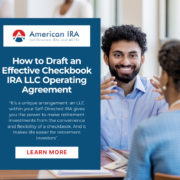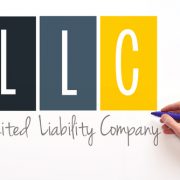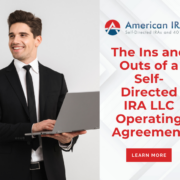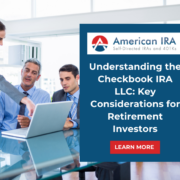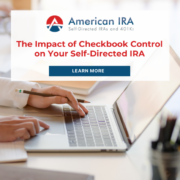The Ins and Outs of a Self-Directed IRA LLC Operating Agreement
Pop quiz: how do you create a checkbook from which you can make retirement investments? It occurs when you use a Self-Directed IRA to hold a private LLC—an LLC that has its own checkbook. It’s a straightforward arrangement and a perfectly valid way for retirement investors to park their retirement money in some unique assets.
But it’s also a bit intimidating for people who’ve never created an LLC before. After all, what are the kinds of things that go into an LLC operating agreement? How do you know what to include and what not to include? Let’s explore and demystify this simple part of the paperwork so you know exactly what you’re looking at.
What is a Self-Directed IRA LLC Operating Agreement?
The Self-Directed IRA LLC Operating Agreement is a legally binding document that outlines how your LLC will be managed. It is the framework for the relationship between the IRA, the LLC, and you as the account holder. The agreement sets forth the roles and responsibilities of each party. And since this will be a Single Member LLC, that simplifies things. Your IRA will be the single member! The operating agreement still needs to be on paper, though, so it should describe how decisions will be made.
Essentially, this agreement acts as a rulebook for your LLC. It details everything from investment powers to how the assets within the LLC are handled and who has authority over them. Without this agreement, your LLC would lack the necessary framework your local state might require, which makes it difficult to secure the official LLC status.
Key Components of a Self-Directed IRA LLC Operating Agreement
There are several critical sections within a Self-Directed IRA LLC Operating Agreement that you should understand:
Management Structure
The agreement should clearly state who manages the LLC. Typically, this will be your IRA account, since the LLC is a Single Member LLC. As the manager, you are given “checkbook control,” allowing you to directly manage the investments made by your LLC. This gives you the flexibility to make quick decisions. Want to purchasing real estate quickly? Fund a private loan? You can write checks from this account without the extra steps of working through the custodian.
Ownership and Funding
The Operating Agreement needs to specify that the LLC is owned by the Self-Directed IRA, not by you personally. It sounds small, but it’s a key distinction. It will make sure you keep the tax-advantaged status of the account. When setting up the LLC, the IRA funds it, and the assets held within the LLC belong to the IRA, not to you. Any income or gains generated within the LLC are tax-deferred (or tax-free in the case of a Roth IRA) until distributed.
Permissible Investments and Transactions
The agreement also needs to define what investments the LLC can and cannot make. This is where IRS regulations on prohibited transactions come into play. Your Operating Agreement should explicitly state that the LLC will not engage in any prohibited transactions, such as purchasing a property for personal use or making loans to family members, who are “disqualified persons” with an IRA. Staying compliant is key—because if you don’t, the IRS could levy fines and penalties.
Dissolution and Termination
Finally, the Operating Agreement should include provisions for dissolving the LLC. This could be in the event of retirement, when you start withdrawing funds from your IRA, or if you decide to liquidate the LLC’s assets. The agreement should detail how the assets will be distributed and the steps required to wind down the LLC in compliance with the law.
Interested in learning more about Self-Directed IRAs? Contact American IRA, LLC at 866-7500-IRA (472) for a free consultation. Download our free guides or visit us online at www.AmericanIRA.com.



